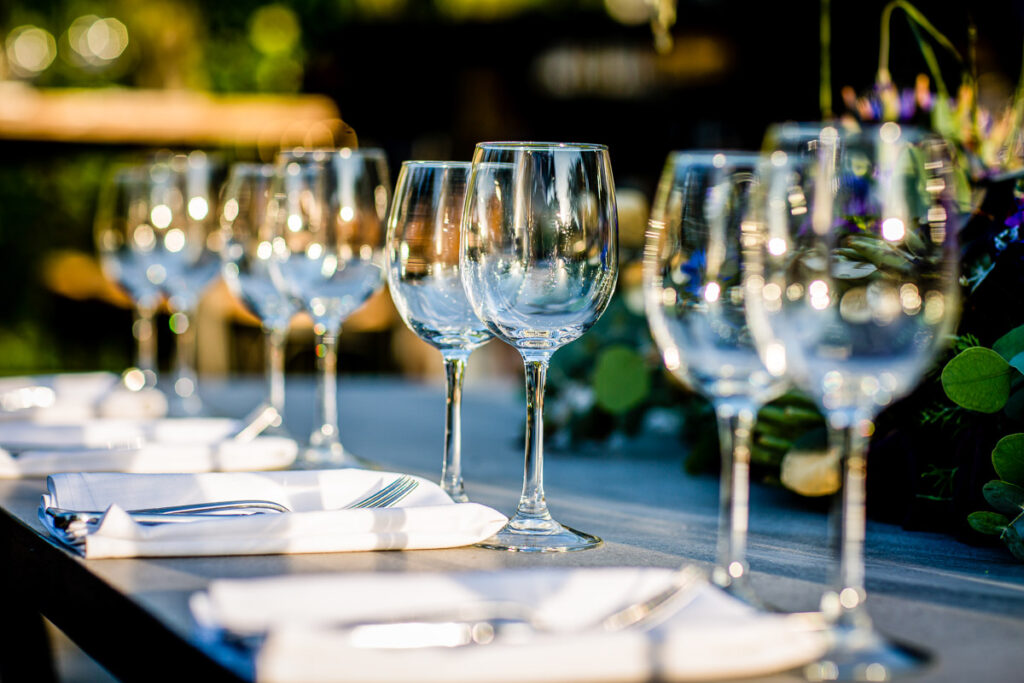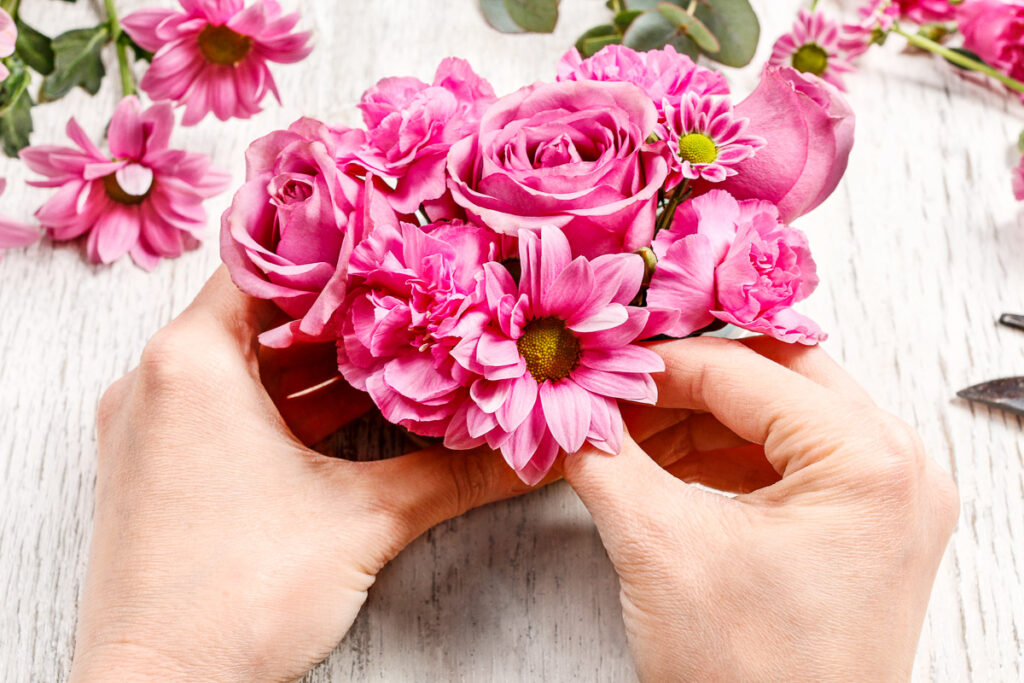The Art and Etiquette of Table Setting
Setting a table is more than just an arrangement of plates and cutlery. It is an art form. A reflection of culture, and an expression of hospitality. Whether you’re hosting a formal dinner or a casual brunch, knowing how to set a table properly can refine the dining experience. Let’s talk about the nuances of setting a table that’s both functional and inviting.

The basics: understanding table setting components
Every table setting includes some key components: plates, cutlery, glasses, and napkins. The arrangement of these items is guided by the meal’s formality and the courses served. In its simplest form, you’ll have a main plate, a couple of utensils, and a glass or two.
Starting with the plates: the foundation
The main dinner plate forms the base. For formal settings, the dinner plate is placed on a charger plate, which adds an elegant touch. The charger plate is larger and never comes into contact with food. Align the plate’s center with the chair and leave adequate space between settings for comfort.
Cutlery placement: a rule of thumb
Here’s an easy tip: start from the outside and work your way in. Forks go to the left of the plate, knives and spoons to the right. Remember, the knife blade always faces the plate. If serving soup, place the soup spoon outside the dinner spoon.
The glassware: a toast to elegance
Glasses are placed above and to the right of the dinner plate. If serving wine, include a wine glass. A water glass should always be present. For a more formal setting, align the glasses in a diagonal or a straight line, depending on space.

Napkin know-how: the final touch
Napkins can be a playful or sophisticated addition. For casual dining, a folded napkin can be placed under the forks or on the plate. For more formal occasions, consider creative folds or napkin rings, and place the napkin on the dinner plate or to the left of the forks.
Bread plate and butter knife: a nod to tradition
In formal settings, include a bread plate with a butter knife. This is placed to the left of the forks, above the dinner plate. It’s a quaint tradition that adds a touch of sophistication.
Dessert cutlery: sweet ending
For formal dinners, dessert cutlery is placed above the dinner plate. The fork handle should point to the left and the spoon or dessert knife handle to the right.
Salad plate and fork: for starters
If you’re serving a salad course, the salad plate can be placed on top of the dinner plate. The salad fork is placed to the left of the dinner fork.
Coffee cup and saucer: a graceful conclusion
In formal settings, the coffee cup and saucer are brought out with the dessert. Place them to the right of the spoons, with the handle facing right for easy access.

Centerpieces and decor: setting the mood
The centerpiece should enhance the table’s look without obstructing views. Keep it low and elegant. Candles, flowers, or a simple fruit arrangement can add warmth and style.
Adapting to various dining styles
Remember, these rules aren’t rigid. Feel free to adapt based on the occasion, cultural norms, and personal style. The goal is to create a welcoming and functional space for your guests.
Mastering the art of how to set a table is a rewarding endeavor. It’s about crafting an experience, a visual feast before the meal. Next time you’re hosting, take a moment to set your table thoughtfully. It’s a gesture that says, “Welcome, I’m glad you’re here.”
Whether it’s a grand dinner party or a cozy family meal, a well-set table lays the groundwork for memorable moments and delightful conversations. So go ahead and set the stage for those unforgettable gatherings!
Editor: Oliver Baysinger.
Photos are all by Deposit Photos.
Elizabeth (Beth) Mueller is a food journalist, CEO of Pear Tree Kitchen, and co-creator of Food Blogger Help. She also has a bachelor’s degree in philosophy and a registered nurse licensed in the State of Oklahoma. When she has free time between writing, blogging, and cooking, she can be found volunteering as an RN with the Oklahoma Medical Reserve Corps.

